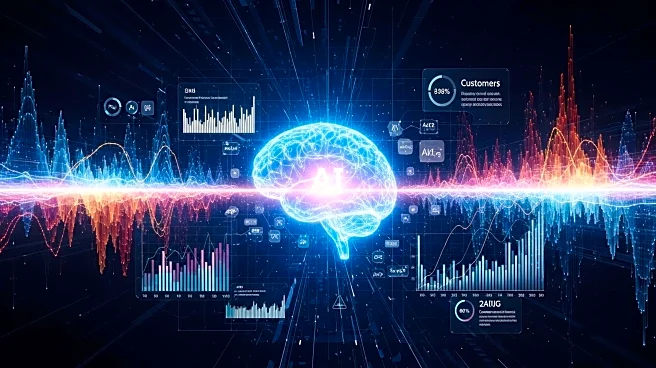What is the story about?
What's Happening?
The rise of AI-generated content in academic publishing has led to increased use of AI detection tools to combat paper mills. These organizations produce scientific papers on demand, often using generative AI to create seemingly original texts. Traditional plagiarism detection systems are insufficient against AI-generated content, as they focus on direct text matches. AI detection tools analyze linguistic style and structure to identify machine-generated content, helping publishers maintain ethical standards and publication credibility.
Why It's Important?
AI detection tools are crucial in preserving the integrity of academic publishing. They provide editors and reviewers with the means to assess the authenticity of submissions, ensuring that published content is genuine. This is vital for maintaining trust in scientific research and preventing the spread of falsified data. As AI technology evolves, the academic community must adapt to new challenges, making AI detection a necessary component of anti-plagiarism systems.
What's Next?
Publishers are likely to increase their reliance on AI detection tools, integrating them into standard editorial processes. This could lead to stricter publication standards and more rigorous peer-review practices. As AI-generated content becomes more sophisticated, detection tools will need to evolve to keep pace, potentially driving innovation in AI analysis technologies.
Beyond the Headlines
The use of AI detection tools raises broader questions about the role of technology in academic integrity. It challenges the traditional peer-review process and highlights the need for transparency in AI usage. As AI becomes more integrated into academic practices, institutions must consider the ethical implications and develop policies to address potential abuses.
AI Generated Content
Do you find this article useful?













